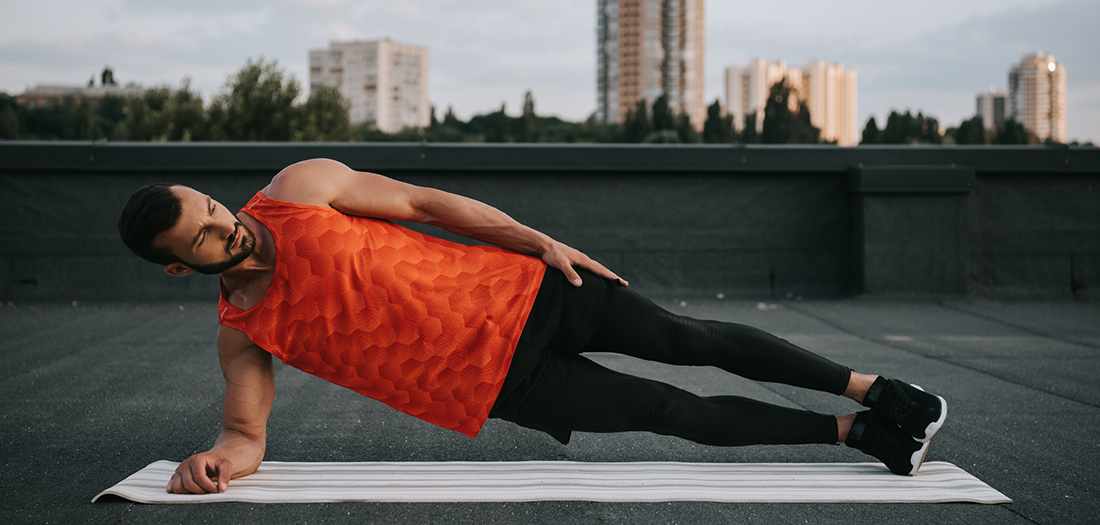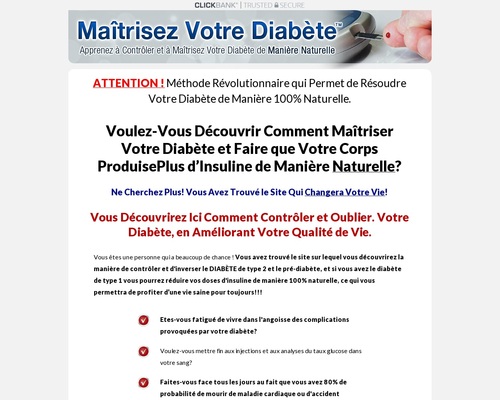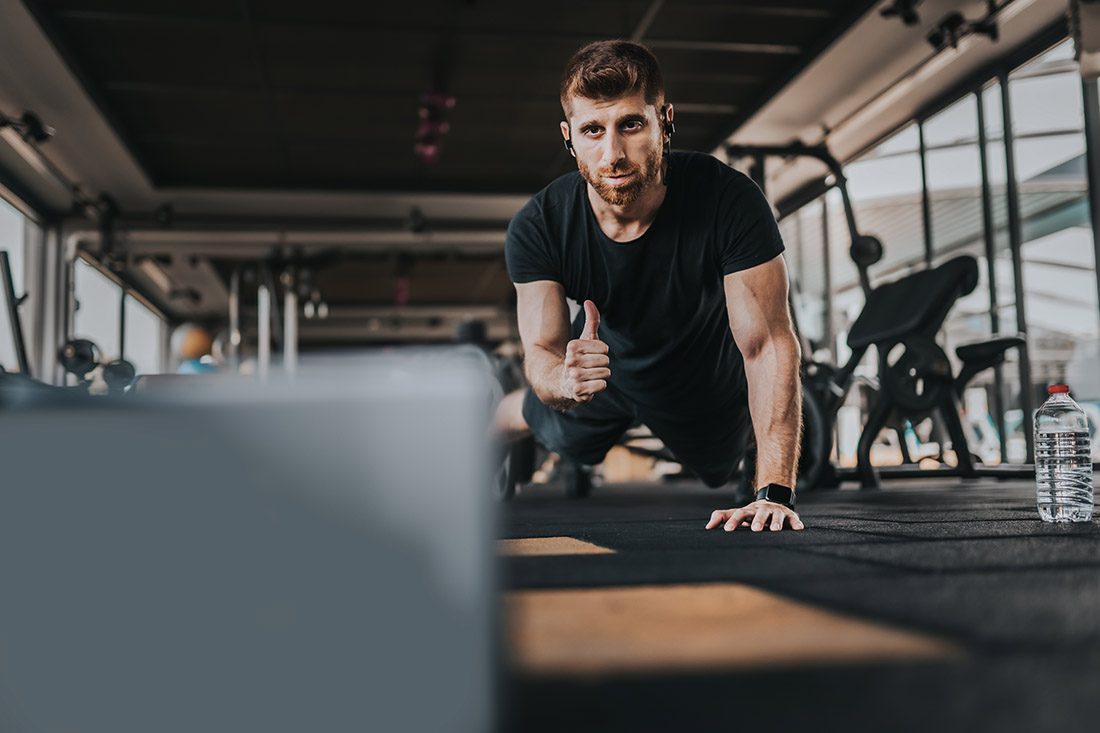[ad_1]
If you or any of your clients have ever experienced low-back or knee pain, you know all too well its impact on exercise, movement and energy levels. With chronic pain, comes chronic exhaustion, and the possible dependence on pain-relief medications, which risk causing other symptoms.
Low-back pain is a common problem around the world, with an estimated 7.5% of the global population experiencing it at some point in their lives, according to the International Association for the Study of Pain (IASP) in 2017. This is an estimated 577 million people globally.
Knee pain is also one of the most common complaints for physical pain, according to the National Health Interview Survey (NHIS). In 2019, the NHIS found that 36.5% of adults experienced lower-limb pain, which includes the hips, knees and feet. Lower-limb pain appears to affect those ages 65 and older the most, according to this survey.
Despite pain being so prevalent, it doesn’t necessarily have to be permanent for your clients. These six simple yet effective exercises may offer some relief through the added muscular fitness and stability they provide. Try adding them into your clients’ programs to see if they bring relief.
Exercises for Low-back Pain
Dr. Stuart McGill is professor emeritus at the University of Waterloo, a world renown researcher specializing in low-back pain rehabilitation and author of Back Mechanic. To help relieve low-back pain, Dr. McGill recommends the McGill “Big Three,” which consists of three movements: the McGill curl-up, side plank and the bird dog. These movements help build stability in the spine by improving the muscular fitness of the rectus abdominis, quadratus lumborum and back extensors while minimizing spine loading. Ideally, these movements should be performed at least three times a week. At first, your clients should aim for three sets of each exercise as outlined below. You can also include these movements as a warm-up before your clients’ workout.
| Exercise | Reps |
| 1) McGill curl-up | 10-8-6 reps, hold for 1 second at the top |
| 2) Side bridge | Hold for 8-10 seconds per side to start |
| 3) Bird dog | 8 reps total (4 per side, slow and controlled) |
The McGill curl-ups should be done in a reverse pyramid repetition pattern, starting with higher reps in the first set, and then reducing the number of reps in each of the proceeding sets. For the side planks, the knees can be bent to reduce the intensity or straightened to increase the challenge.
Exercises for Knee Pain
Knee pain may be a sign of instability or a lack of strength somewhere along the leg from the feet and ankles to the hips and gluteal muscles. It does not always indicate an injury to the actual knee joint. Of course, the source of the pain should be formally diagnosed by a medical doctor or physical therapist, but the exercises described below may help to alleviate the pain in the knee.
Because humans walk in a linear manner, practicing walking backward may help to build greater stability. When strengthening the muscles that support the knee, it’s a good idea to target the hamstrings (the semitendinosus, semimembranosus and biceps femoris) by doing specific movements such as hamstring curls. Lastly, clamshells can help strengthen the hip area because hip and knee strengthening may help improve patellofemoral pain.
Include the following movements as a warm-up before your clients’ lower-body workouts . At first, your clients should aim for three sets of each exercise as outlined below.
| Exercise | Reps |
| 1) Walking backward | Start with 20 seconds and increase as progress is made |
| 2) Hamstring curls | 8 |
| 3) Clamshells | 8 per side, holding each repetition for 1 second |
Walking backward is ideally performed on a slight hill with shorter steps. To advance this movement, have your client hold a weight to their chest or hold a dumbbell or kettlebell in each hand down by their sides. Hamstring curls can be performed with the feet on a medicine ball as shown in the video, or they can be done with the feet on sliders or on a TRX if you want to advance the movement. This exercise can also be performed on a hamstring curl machine, but have your client focus on slowing the eccentric part of the movement, drawing it out to three seconds long to work the hamstring more intentionally.
The key to reducing low-back and knee pain may be found in including these exercises in the programming you create for your clients. Start with the suggested repetitions and/or time outlined for each and see if there is any improvement in their subjective pain or general ability to move over a four-week period.
These exercises are provided for educational information only. If you or your client have concerns or questions about their health, they should consult their health care professional.
[ad_2]



